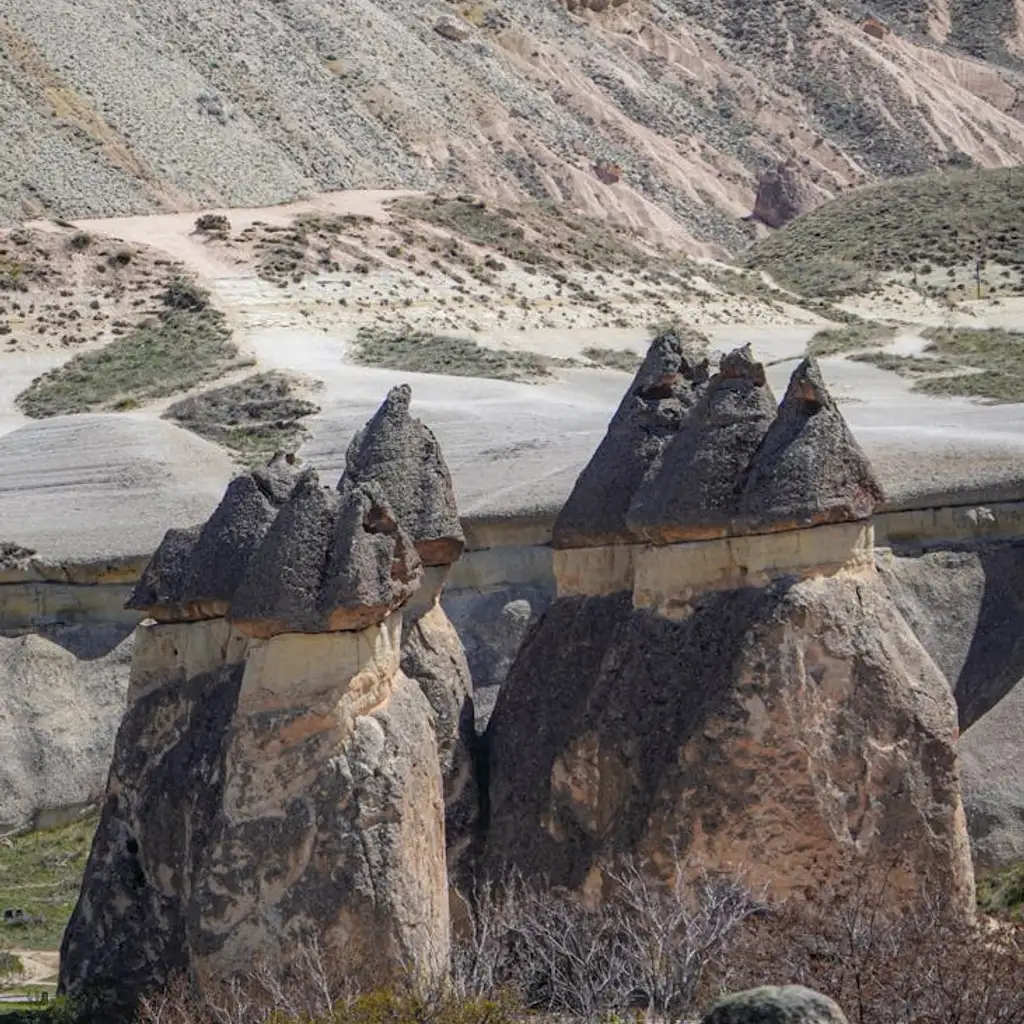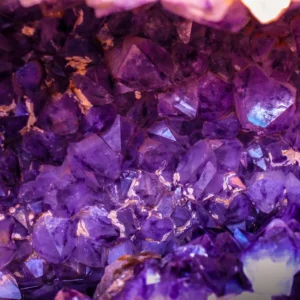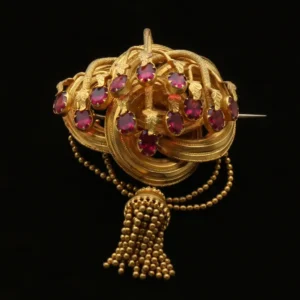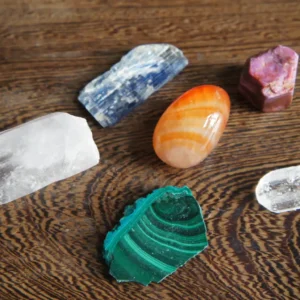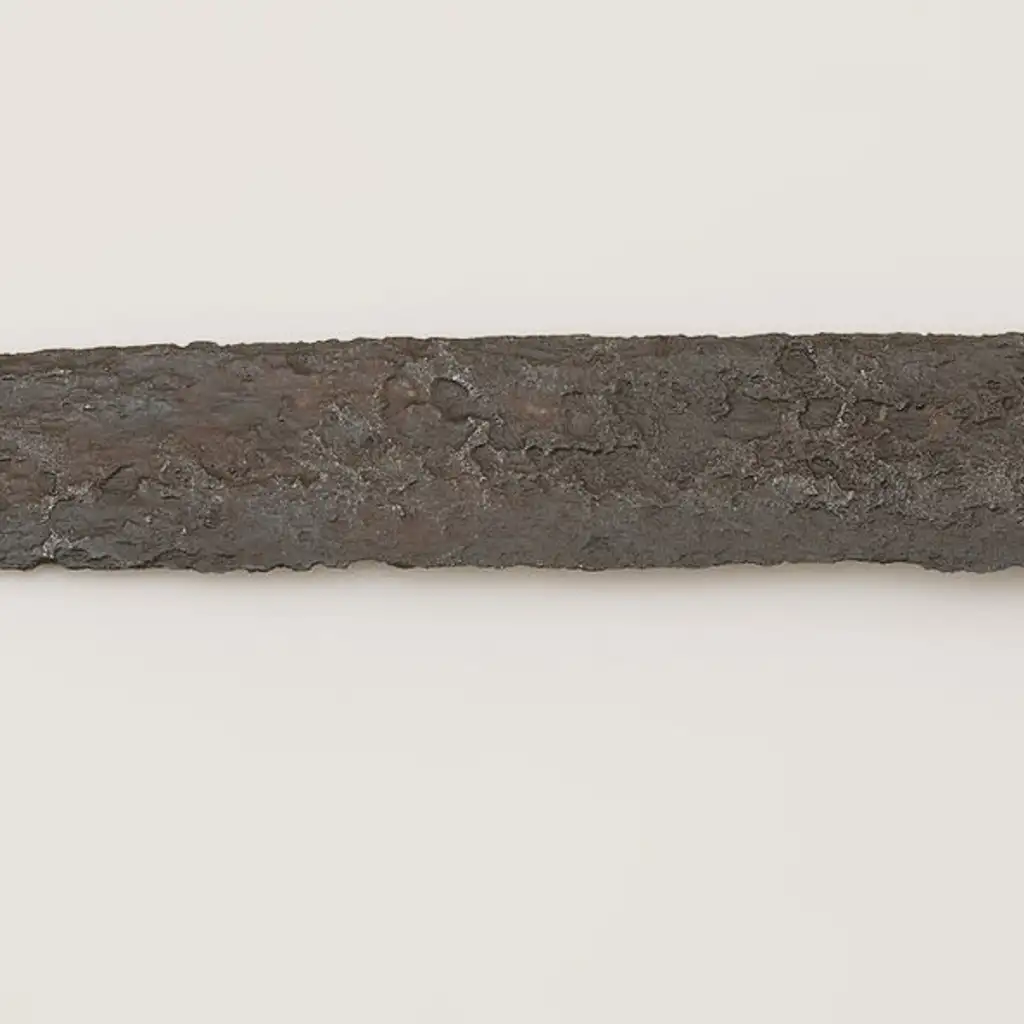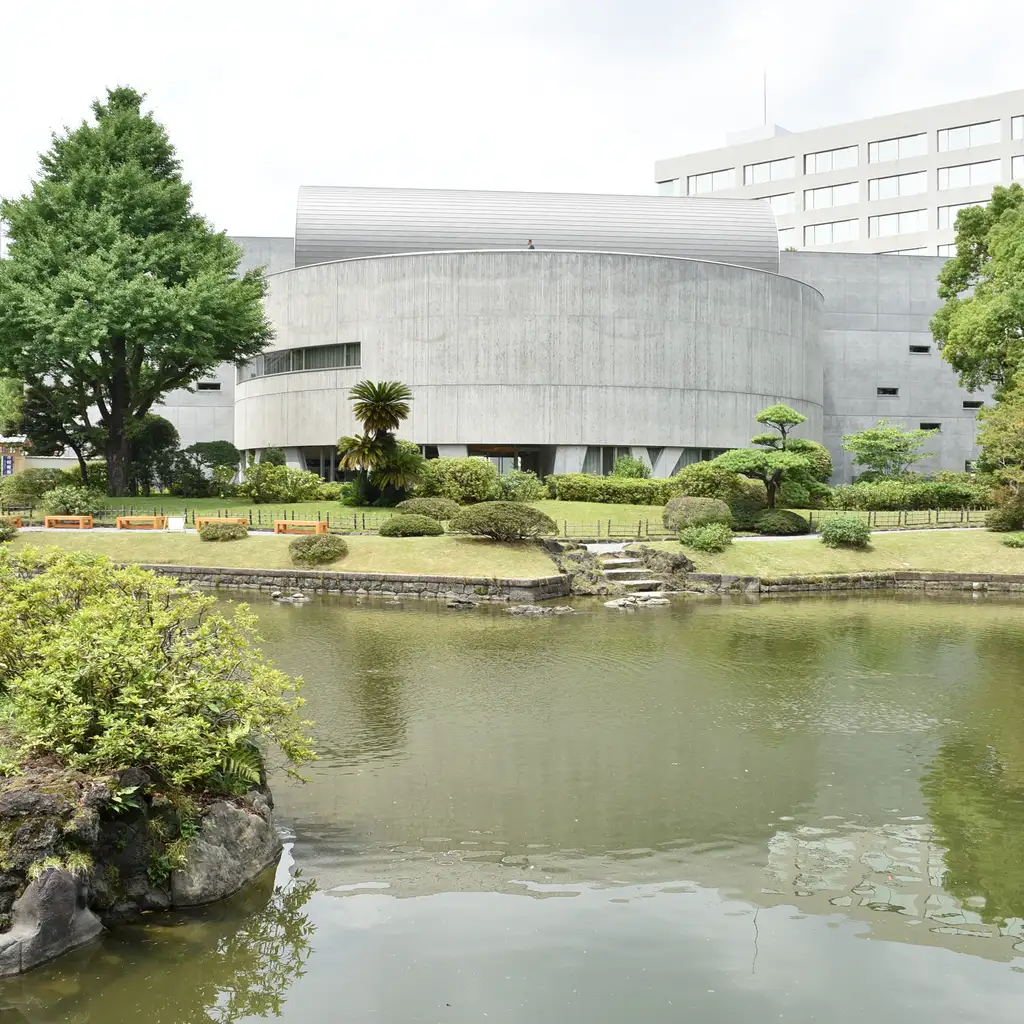Rock hounding is that fascinating collecting and studying hobby that refers to rocks and minerals, and those who are addicted to it refer to themselves as rockhounds. These kinds of collectors carry on time hunting different terrains for unique gems to add to their collections.
What drives this interest? The motivations vary with many rockhounds quite simply being attracted to the beauty and allure of the geological formations. The precious stones, starting from diamonds and rubies, sweep one away with the promise of their outside wonders. If hunting for natural treasures excites you, do get down to learning some basic rockhounding tips. Such lessons would help you to put up an impressive collection while avoiding some of the most common stumbling blocks.
Guidelines for Responsible Rockhounding
Before rockhounding can be entertained, it is absolutely essential to be aware of the ethical principles that govern this pastime. The first rule is to respect both the public and private lands. Rocks are off-limits for collection on public land like national and state parks, which are regulated by the National Park System, and, similarly, always make sure to ask for permission while rock collecting on private land to avoid possible legal battles or conflicts with landowners.
No matter where you choose to rockhound, always mind the environment. Ecosystems are thin, and what you do may last. Don’t use explosives to access a rock deposit; fill in the holes you dig.
Tips for Curating a Remarkable Rock Collection
Now, after having written the ethics part, the next step is building your rock collection. Beginners might start collecting beautiful stones found within their vicinity. Advanced rockhounds, on the other hand, could turn to some handy tips for better collection techniques.
Properly labeled specimens are the first step in setting up a well-organized collection, notes Rachel M. Barker, geologist at the United States Geological Survey. Document the key details, especially the place found if you’re unsure about the identity of a rock initially. Later you can use rock identification applications to pinpoint the specific mineral type. Online communities like those on Reddit offer an extra resource for homing in on particularly puzzling specimens.
Another wonderful way to enhance your collection is by tapping into the rockhounding community. Online forums, local groups, and occasional meet-ups with fellow enthusiasts may lead to unique finds from different regions.
